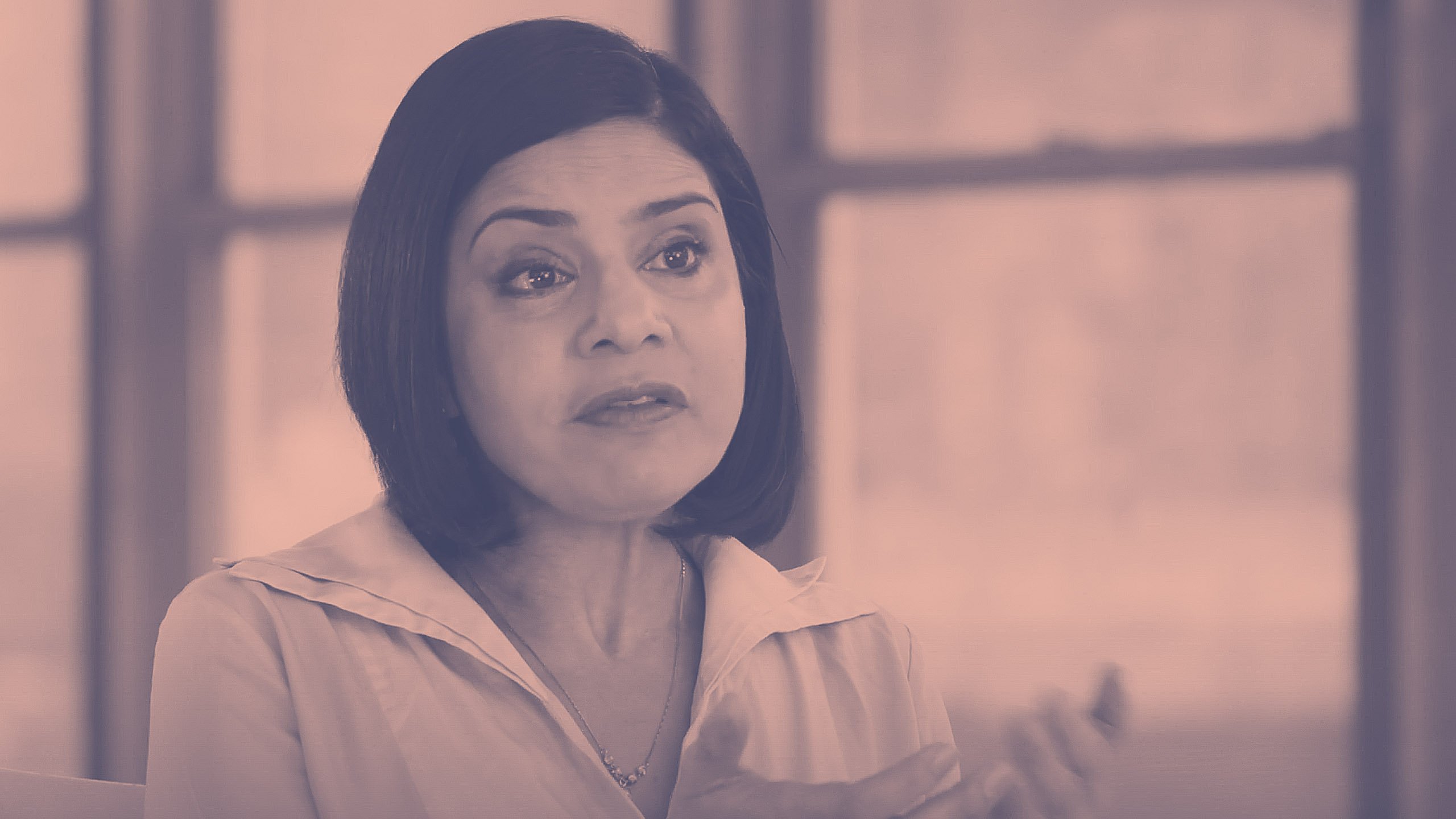There are a lot of misconceptions when it comes to multiple myeloma. Does multiple myeloma cause bone fractures? Can I only get a stem cell transplant from close relatives? Is there a cure? In this series, we asked multiple myeloma specialist Dr. Sarah Holstein of the University of Nebraska Medical Center to clear a few things up:
Multiple myeloma weakens bones, which makes them more susceptible to fractures — True.
Read MoreOnly blood relatives can be donors for a bone marrow or stem cell transplant — False.
This is not true, bone marrow transplants can come from your own body, blood relatives, or non-relatives that are great matches. There are two types of stem cell transplants that patients may receive as treatment for multiple myeloma: The autologous transplant and the allogenic transplant.
During an autologous stem-cell transplant, your own healthy stem-cells are removed from your bone marrow prior to chemotherapy and then are re-inserted into the bone marrow following therapy. Currently, almost all patients who undergo stem-cell transplant are given an autologous transplant.
An allogenic transplant takes stem-cells from a healthy donor that closely matches your body's cell type and may be related to you. “Although we do certainly look for a relative to donate bone marrow, we take advantage of the fact that we can use unrelated bone marrow donors. And for that we need a bone marrow registry. Because it carries greater risks, allogenic transplant is currently only approved in clinical trials.
Click here and here for more multiple myeloma myth busting.
Learn more about SurvivorNet's rigorous medical review process.




